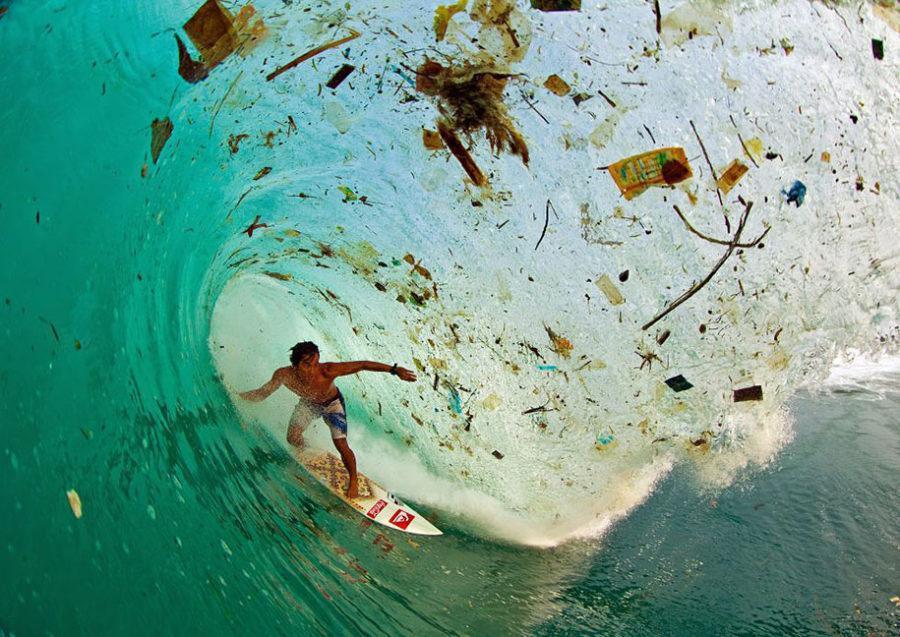However, does the average individual actually know where all of this trash is being taken?
As the Bay Area is running out of physical space to put trash, the Academy Award winning movie about ruining the life of Earth, WALL-E, becomes a reality.
At the current rate, islands of trash, such as the Great Pacific Garbage Patch, are taking over extremely large surface areas of the Earth. Recent studies done by Scientific Reports show that it is larger than two times the size of Texas, or about 1.6 million square kilometers in size.
According to National Geographic, “About 80 percent of the debris in the Great Pacific Garbage Patch comes from land-based activities in North America and Asia alone.”
This is also considering the fact that about 70 percent of trash sinks to the bottom of the oceans.
Groups of people at Carlmont have worked to decrease the waste product by simply adding compost and recycling bins around densely populated areas of the school, making it one step easier for students to be mindful of their trash.
Noticing extreme environmental issues, state regulators have made it their place to create laws to reduce the large amounts of trash going into the Bay.
For example, one goal was to decrease trash by 40 percent from 2009 to 2014, and 100 percent by 2022. Cities that do not follow this new law will be fined.
This new reality about the lack of space for trash will affect citizens financially, as well as on day to day and personal level.
Landfills are leading to either shutting down when the limit has been reached, or expanding; both of which would significantly increase the price of daily living costs for everyone living in the area.
According to studies done in the New York Times, “In the next decade, more than half the states in the country will use up most of their landfills in major metropolitan areas, and few replacement sites are being developed.”
The amount of human waste on Earth has simply surpassed the energy put into conserving the environment.
Kendall Butler, a senior who makes an effort to reduce her trash production said, “At this point, we should be looking at ways to deal with the large amounts of trash that we have already made, and stop expecting people to change their lifestyles, because obviously that isn’t working.”
Municipal waste, although contributing to the large portions of trash in local dumps, occupy less than a quarter of the waste product. Industrial waste is known for its massive quantities, making it harder for individuals to make a difference.
Many environmentalists agree that the large sums of debris need to be handled on large scales in order for large change to happen.
Leadership teacher Jim Kelly said, “Something big is going to happen that will turn people’s heads and make them realize that we are trashing the only home we have. Hopefully, we can realize that sooner than later so that future generations get to live on a the beautiful planet that was given to us.”
Although there are long-term damages that have already been put onto this planet, there is no doubt that every piece matters – every straw, every plastic lid, every styrofoam cup.
“No matter what, I will do my part on this planet by trying my absolute best to be aware and take care of this Earth, and I think it’s the least we can do,” Butler said.


gasteros • Jun 17, 2018 at 5:10 am
Thanks so much for the post.Really thank you! Great.